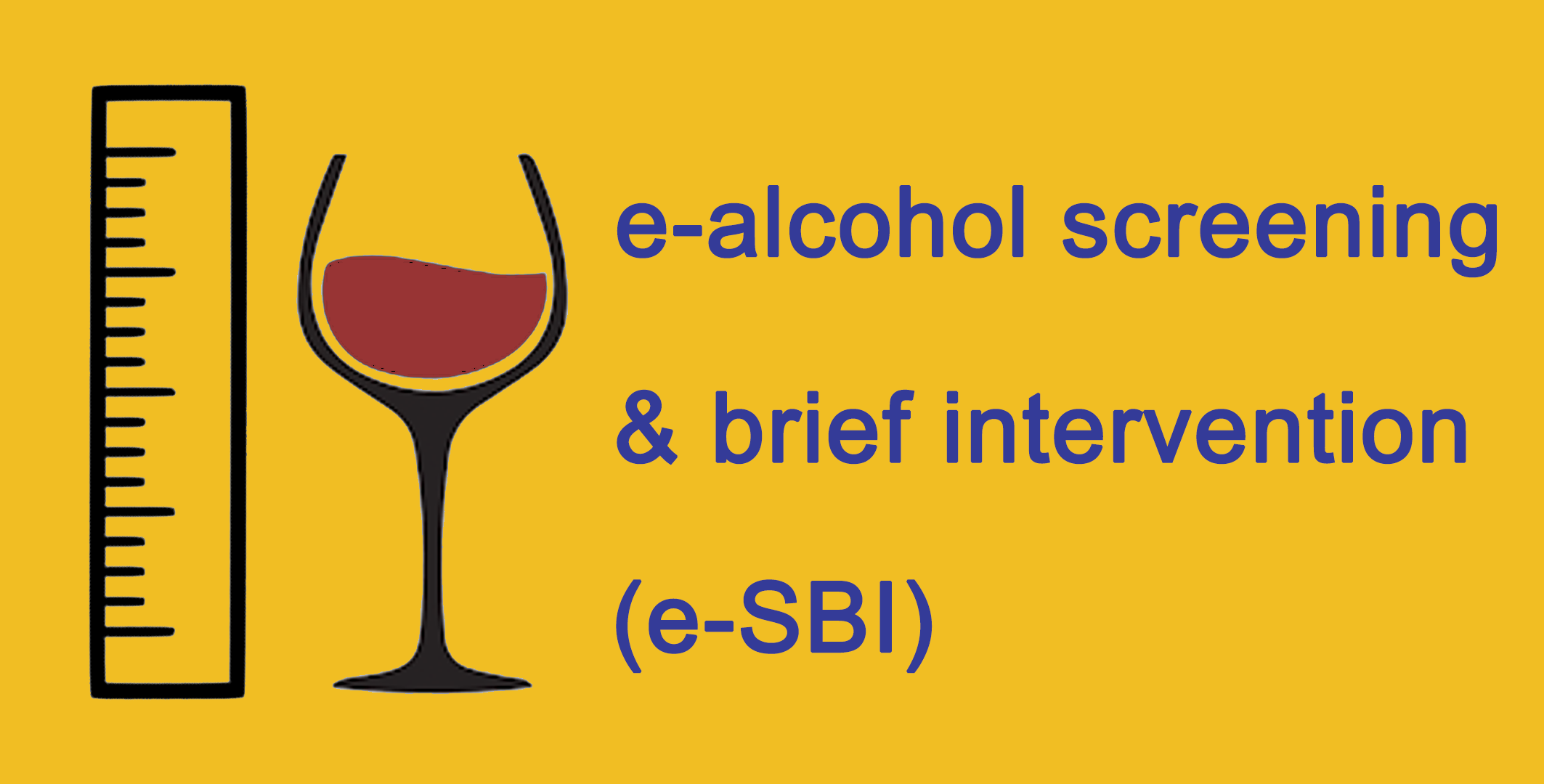NCD Watch
Physical Activity: A Major Strategy for Stroke Prevention
25 October 2022 (Tue)

Stroke happens either when the blood supply to part of the brain is cut off by a blood clot or plaque or when a brain artery ruptures leading to a haemorrhage. As a major cause of disability and death, the Global Burden of Disease Study estimated that there were about 101 million prevalent cases of stroke, more than 12 million incident cases of stroke, and 6.55 million deaths from stroke across the world in 2019. In Hong Kong, stroke was the fourth commonest cause of death with 3 126 registered deaths and a crude death rate of 42.1 per 100 000 population in 2021.
Adherence to active lifestyle reduces stroke risk. Epidemiological studies find a protective effect on stroke risk with sufficient amount of physical activities, whether it is simply walking at a faster pace, bicycling or leisure pursuits. Compared to low active individuals, moderately and highly active individuals had 20% and 27% lower risk of stroke incidence or mortality respectively. Physical activity or exercise directly or indirectly improves vascular functions and stroke risk factors.
For substantial health benefits, adults are urged to do at least 150–300 minutes of moderate-intensity aerobic physical activity, or an equivalent amount and intensity of physical activity throughout the week. In order to meet the daily or weekly goal, individuals can go for a variety of physical activities and do the aerobic exercises in shorter bouts (such as 10, 15 or 20 minutes) a few times a day.
Walking as a way of conducting physical activity would also protect against various chronic diseases and reduce the risk of stroke. Adults are recommended to gradually increase their step goal to ‘10 000 Steps a Day’ based on an individual’s own physical conditions, abilities, pace and circumstances.
For increasing population’s participation in physical activity, the Department of Health will continue organising health pro-motional campaigns using a variety of strategies to raise public awareness about the benefits of physical activity, and working closely with relevant stakeholders as well as community partners to integrate physical activity into daily living. To know more about physical activity, please visit the DH’s "Change for Health" website.
Source: NCD Watch October 2022This link will open in a new window






































